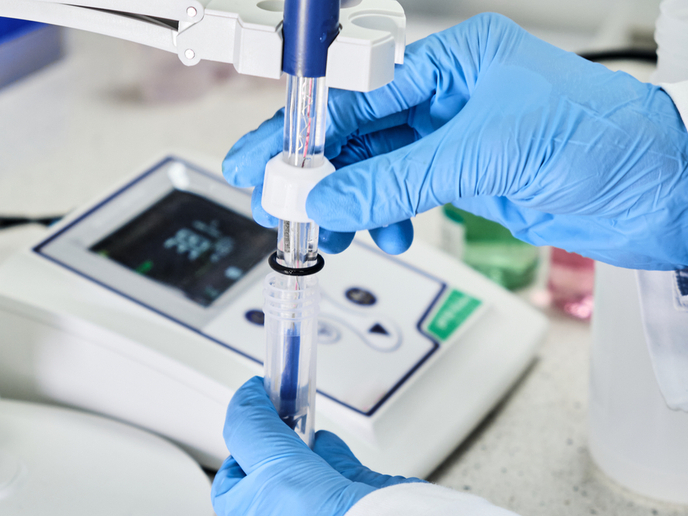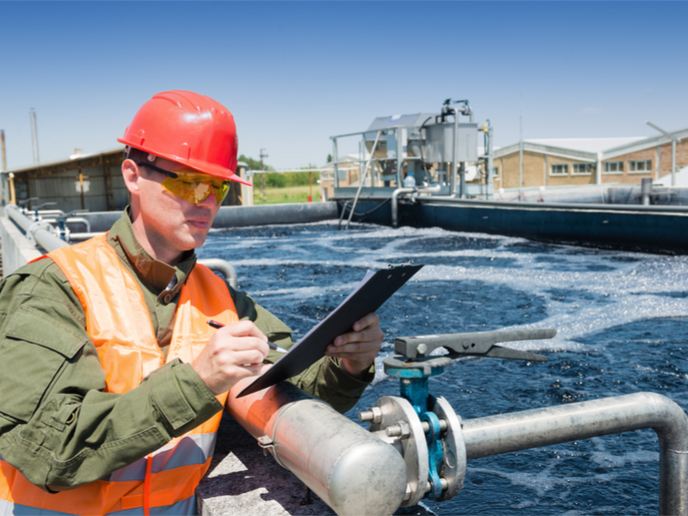New improved wastewater treatment goes with the flow
Biological WWT in urban and industrial plants requires maintaining a high level of dissolved oxygen (DO) to allow biomass to metabolise pollutants. This reduces biological and chemical oxygen demand and ammonia to limits below thresholds set by European Commission regulations. To maintain the required oxygen concentration in wastewater, bubbles of air (or pure oxygen) are injected into the biological treatment tank by powerful aerators, usually compressors or turbines. However, conventional aerators are not particularly efficient, consuming large amounts of energy to maintain the required levels of DO. Currently, the energy required by a common bubble aerator is normally around 55 % of the overall consumption of a WWT plant. One solution is to apply NBs, which are between 50-200 nanometres in diameter and have superior properties to normal bubbles. Due to their very high internal pressure, NBs can remain stable in a liquid for many days compared to the few seconds of normal bubbles. As a result, NBs can introduce much larger quantities of stable DO into the water, thus dramatically increasing oxygen transfer efficiency.
Harmful elements removed
The WATERMAX project helped to improve aeration of wastewater by developing and testing prototype NB generators in pilot WWT plants. ‘‘They are based on NB technology and its capability to aerate large flows of WWT, with a very low cost and time of operation (one day installation and low maintenance), very low investments and immediate results, and demonstrated under real life conditions,” says project leader Floriano Tosato. Hyper-oxidation of the wastewater helps remove harmful chemical elements (ammonia, phosphorus, chlorine, etc.) through reactions with the hydroxyl radical. These reactions rapidly fragment contaminants, converting them into small inorganic molecules as well as reducing the sludge produced in traditional processes. Current ozone-based solutions on the market are very expensive as the ozone injected in water in the form of normal-sized bubbles is highly volatile. A large part of it returns to the atmosphere without any effect on the water to be treated. “It has been shown that 10 % of ozone provided by conventional aerators is dissolved in the water, while the remainder is lost,” explains Tosato.
More effective and cost-efficient
Researchers optimised NB generator prototypes and drew up guidelines for its industrialisation and production and conducted trials of existing prototypes. Project partners set up a number of WWT pilots, which included the livestock and poultry sectors as they are most affected by poor drinking water quality and excessive antibiotics. The initiative also developed a remote control system, WMAX-RC, for those WWT plants that do not have continuous human supervision. “WMAX allows the running of the entire aeration system to be controlled and managed remotely to prevent potential problems and optimise performances,” comments Tosato. WATERMAX will help lower water treatment costs, thereby enabling operators to quickly upgrade aeration capacity and treat larger quantities of waste water at the same cost. “These new and more efficient aeration systems can be installed in old plants without having to shut down and empty them. Potential customers for the nanobubble aeration system include public and private organisations operating in the WWT sector,” concludes Tosato.
Keywords
WATERMAX, wastewater treatment (WWT), nanobubble (NB), aeration, ozone, dissolved oxygen (DO)







